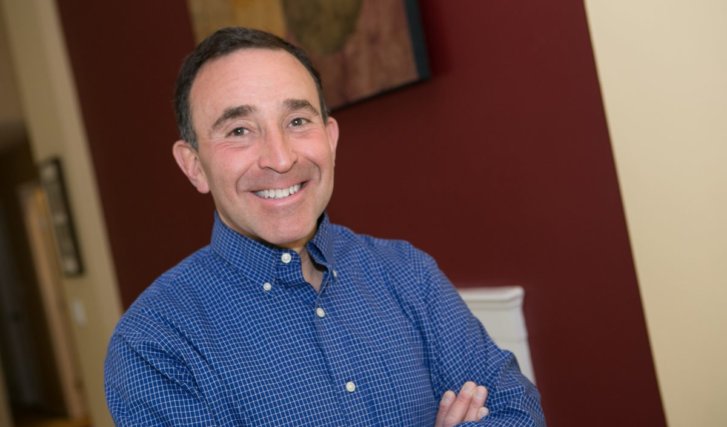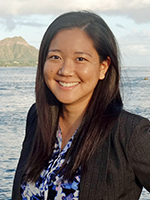 You’re invited! Prominent A&E Professional Liability insurance company Beazley will present a risk management webinar for design professionals on September 4, 2013, to explain the basics of professional liability insurance:
You’re invited! Prominent A&E Professional Liability insurance company Beazley will present a risk management webinar for design professionals on September 4, 2013, to explain the basics of professional liability insurance:
How familiar are you with your professional liability insurance policy? If you are not sure what the policy covers or have never had the opportunity to study the policy, this session is for you. In this webinar, we shall consider professional liability insurance from three perspectives: underwriting; claims management; and risk management. We will discuss how the policy works and examine key exclusions of the policy. We will also look at potential coverage issues from a claims and contractual standpoint.
Best of all, Beazley will provide ONE connection free of charge to each participating firm or broker. Read on for more information about Beazley, the webinar, and the possibility of continuing education credits for architects and engineers.
Beazley Risk Management Webinar
Presented by:
Daniel S. Cho, Esq. of Beazley Group
Steve Stephanides, RPLU of Beazley Group; and
Colleen M. Palmer, Esq. of Beazley Group
What You Can Expect:
Please gather all of your professional staff and join us for this valuable 90-minute seminar where you and your staff will have an opportunity to:
- Learn about professional liability insurance from an underwriting, claims management, and risk management perspective;
- Discuss important coverage features and critical exclusions contained in the policy;
- Explore claims and contractual scenarios that may implicate policy exclusions;
- Ask questions to the presenters; and
- Qualify for continuing education (C.E.) credits (as applicable).
How it works:
This webinar will be delivered on the GoToWebinar platform. You will need a computer with a high-speed Internet connection to participate. Audio can be accessed either through your computer or telephone, but sound quality may be more reliable via a landline telephone.
- Beazley will provide ONE connection free of charge to each participating firm or broker.
- You have the choice to connect at your desk or in a conference room, allowing for multiple participants with a single connection.
- If you require additional connections [within one office or for other locations], there will be a $99 fee for each additional connection.
- Registrants will receive a confirmation email with pre-testing instructions to eliminate last-minute technical issues. Two days prior to the program, another email will be sent with the connection instructions and a link to the program materials (attendance forms, PowerPoint handout, program evaluation, etc.). Please download the materials prior to the webinar.
Continuing Education (C.E.) Credits:
Three weeks after the program a group Certificate of Completion will be e-mailed to you, based on the site coordinator’s electronic Attendance Sheet. Engineers, architects and other professionals may be able to earn C.E. credits for their program participation.
Professional Engineers:
Synthesis Partnership is a national provider of continuing professional education webinars, and is an approved provider in Florida, Louisiana, and North Carolina. Note that this topicwill not meet New York’s strict subject matter criteria for professional education credits.
For all other states with mandatory continuing professional education requirements, it is the engineer’s responsibility to determine whether this activity meets the requirements set forth by his/her state licensing board. We can advise that most of those states have adopted the following subject matter criteria in awarding credits: “A course or activity whose purpose and objective are clear with a content that will maintain, improve or expand the skills and knowledge of the licensee’s field of practice”. Synthesis Partnership believes this program will meet these subject matter criteria.
Architects:
AIA members can log-in and self-report their participation in this program on AIA’s web site,www.aia.org, as a “structured self-reported program”. For the individual state licensing boards, it is the architect’s responsibility to determine whether this activity meets the various guidelines set forth by those state boards where he/she is registered.



